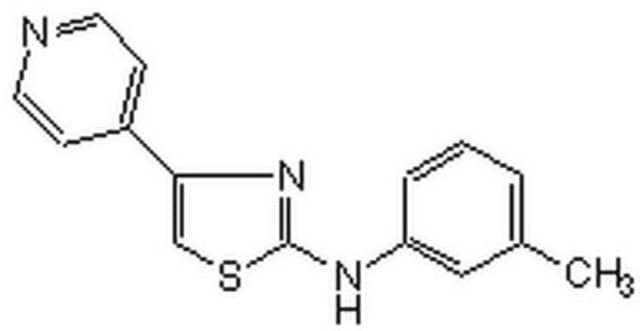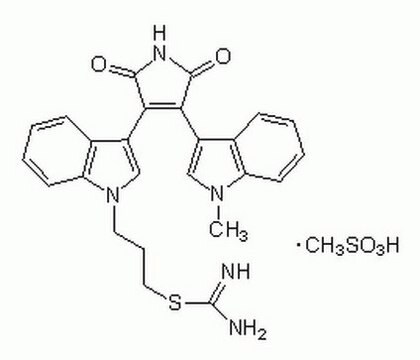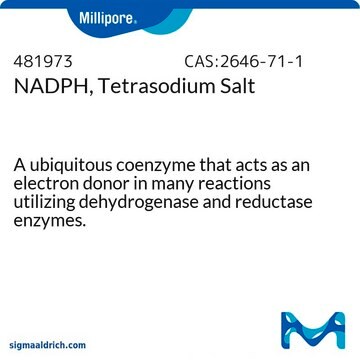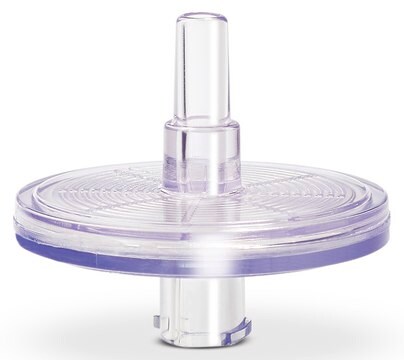S7448
STF-62247
≥98% (HPLC), solid
Synonym(s):
N-(3-Methylphenyl)-4-(4-pyridinyl)-2-thiazolamine
About This Item
Recommended Products
Assay
≥98% (HPLC)
form
solid
solubility
DMSO: soluble 26 mg/mL
H2O: insoluble
storage temp.
room temp
SMILES string
Cc1cccc(Nc2nc(cs2)-c3ccncc3)c1
InChI
1S/C15H13N3S/c1-11-3-2-4-13(9-11)17-15-18-14(10-19-15)12-5-7-16-8-6-12/h2-10H,1H3,(H,17,18)
InChI key
KATNUHQNJGNLPW-UHFFFAOYSA-N
Application
Biochem/physiol Actions
Hazard Statements
Precautionary Statements
Hazard Classifications
Aquatic Chronic 4
Storage Class Code
11 - Combustible Solids
WGK
WGK 2
Personal Protective Equipment
Certificates of Analysis (COA)
Search for Certificates of Analysis (COA) by entering the products Lot/Batch Number. Lot and Batch Numbers can be found on a product’s label following the words ‘Lot’ or ‘Batch’.
Already Own This Product?
Find documentation for the products that you have recently purchased in the Document Library.
Our team of scientists has experience in all areas of research including Life Science, Material Science, Chemical Synthesis, Chromatography, Analytical and many others.
Contact Technical Service








